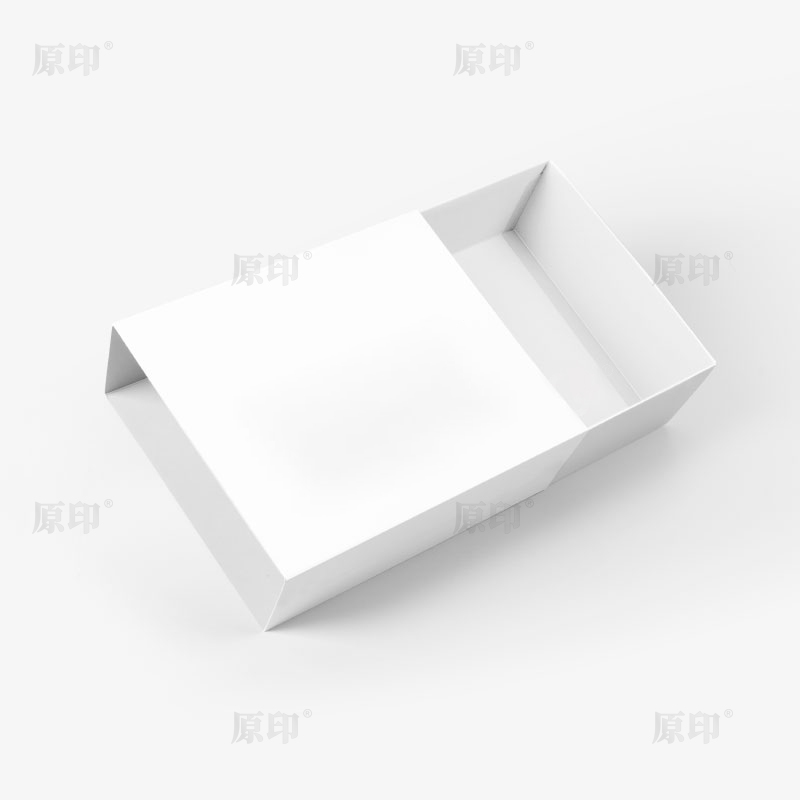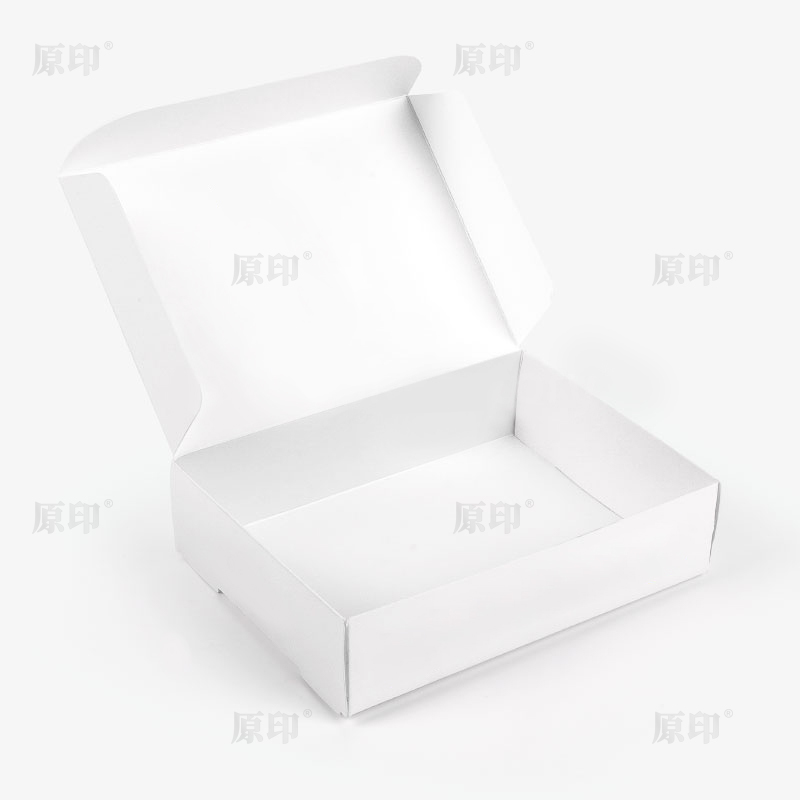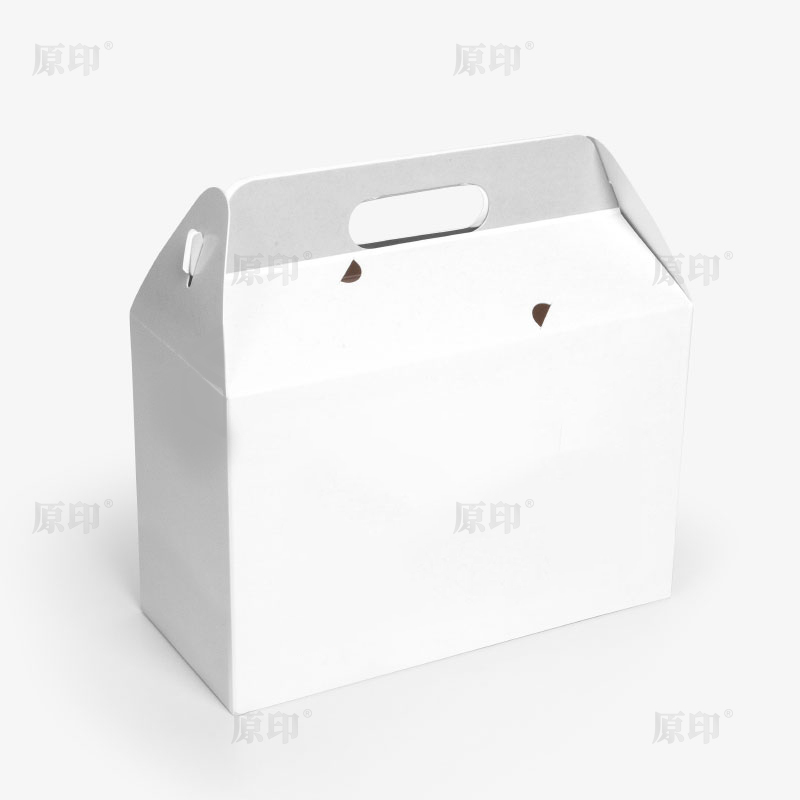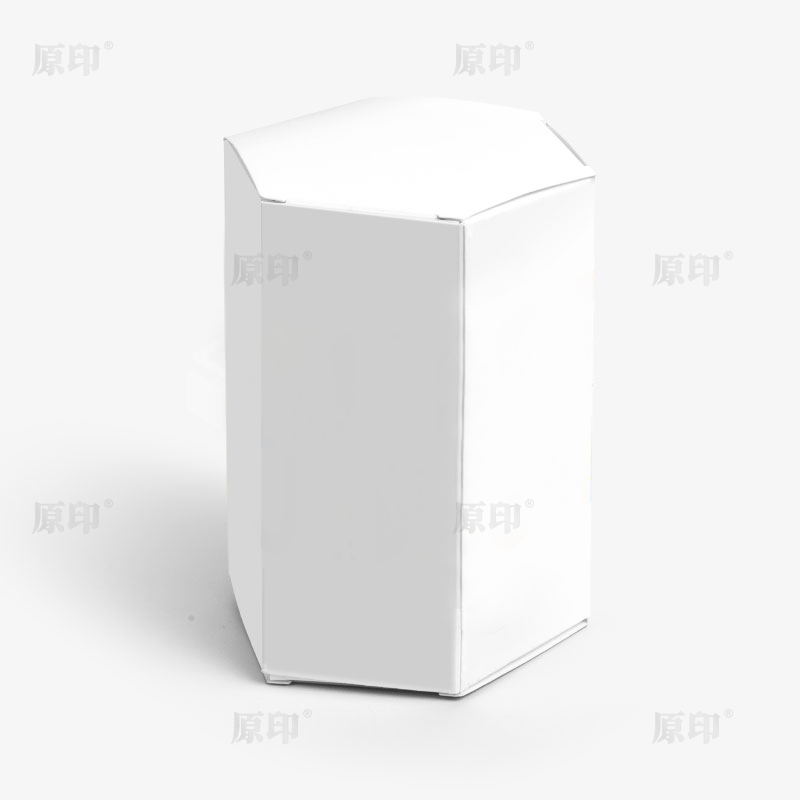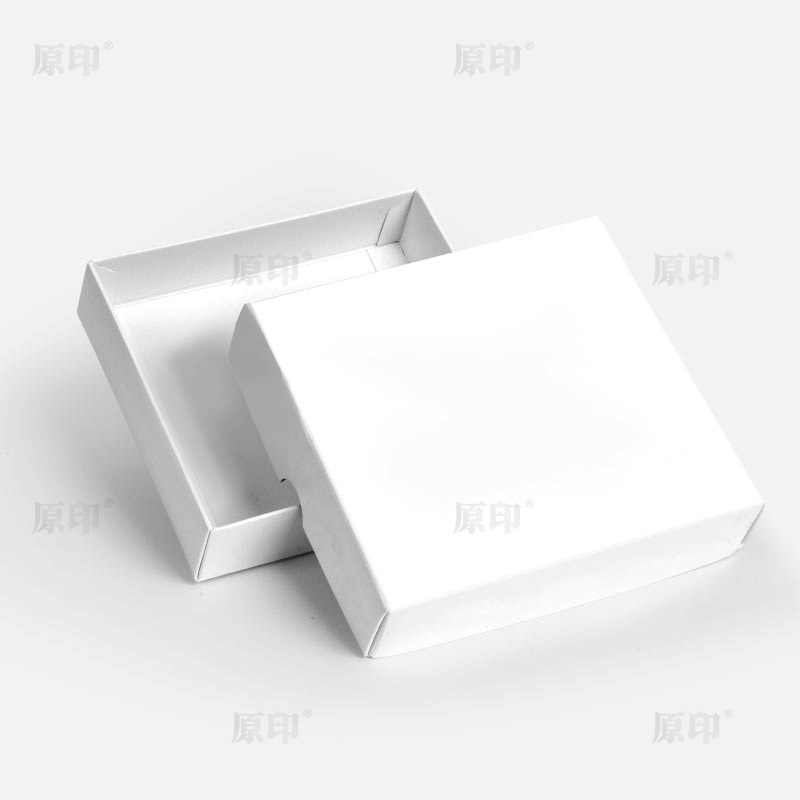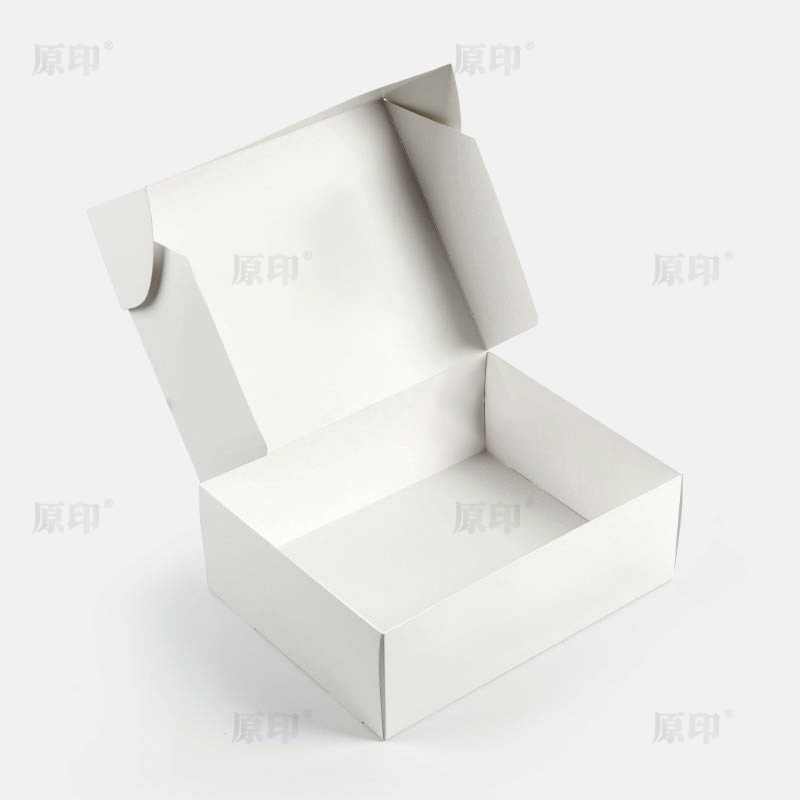What Types of Materials Are Used in Eco-Friendly Paper Packaging?
With the increasing global environmental awareness and the growing consumer demand for sustainable products, eco-friendly paper packaging is becoming a major trend in the packaging industry. Traditional plastic packaging has put great pressure on the environment due to its non-degradability, while paper packaging, with its renewable, recyclable and biodegradable characteristics, provides an important solution for sustainable development. However, "eco-friendly" is not a single concept, it covers the entire life cycle from raw material selection to production process to final disposal.
1. Recycled fiber pulp
Recycled fiber pulp is the cornerstone of eco-friendly paper packaging and the most common and important component. It is made into pulp by recycling paper waste such as waste paper and cardboard, and after a series of processes such as sorting, pulping, purification, deinking and bleaching.
Environmental characteristics and advantages:
Reducing deforestation: Recycling waste paper can significantly reduce the demand for virgin forest wood, and help protect forest resources and biodiversity.
Reduce energy consumption: The energy consumption of producing recycled pulp is generally 25%-75% lower than that of producing virgin wood pulp, depending on the recycling and processing technology.
Reduce water pollution: Compared with virgin pulp production, the water pollution load in the process of recycled pulp production is lower.
Reduce waste landfill: Recycling waste paper can reduce the amount of solid waste sent to landfills and relieve the pressure of garbage disposal.
Application scenarios:
Recycled fiber pulp is widely used in various packaging products such as cartons, cartons, paper bags, egg trays, cushions, etc. Its disadvantage is that its strength and whiteness may be slightly lower than that of virgin fiber pulp, so it may need to be mixed with virgin fiber in high-strength or extremely demanding packaging.

2. Native sustainable certified fiber
Although recycled fiber is the first choice, in some cases, such as applications that require higher strength, better printing quality or food contact safety, virgin fiber is still indispensable. In order to ensure the eco-friendliness of virgin fiber, it is crucial to choose pulp that has been certified by sustainable forests.
Environmental characteristics and advantages:
Sustainable forest management: The main international forest certification systems, such as the Forest Stewardship Council (FSC) and the Program for the Endorsement of Forest Certification (PEFC), ensure that wood comes from well-managed, environmentally responsible, and socially beneficial forests. These certification systems require forest managers to follow strict standards, including protecting biodiversity, maintaining ecological balance, and respecting the rights of indigenous peoples.
Traceability: The certification system provides a complete chain of supervision from forest to final product to ensure the sustainability of the product.
Meet specific needs: Virgin fibers usually have longer fibers, provide higher strength and better stability, and are suitable for heavy packaging or packaging that needs to withstand greater pressure.
Application scenarios:
Sustainably certified virgin fibers are often used in food packaging (such as milk cartons, juice box liners), high-end gift packaging, cosmetic packaging, and corrugated cardboard that requires high strength and moisture resistance.
3. Bamboo fiber
Bamboo is a fast-growing, renewable non-wood fiber source that has become increasingly popular in eco-friendly paper packaging in recent years.
Environmental characteristics and advantages:
Fast growth and renewable: Bamboo has an extremely short growth cycle, usually only 3-5 years to harvest, much lower than trees, making it an efficient renewable resource.
No need to replant: After bamboo is cut down, the roots will sprout and grow again, without the need for replanting, reducing the risk of soil erosion and soil loss.
Strong carbon sink capacity: Bamboo forests have strong carbon capture capabilities, which helps to mitigate climate change.
Natural toughness and strength: Bamboo fibers are longer and tougher than wood fibers, giving paper better tensile strength and tear strength, making it suitable for packaging that requires a certain degree of compressive resistance.
Application scenarios:
Bamboo fiber paper is often used in disposable food packaging such as tableware, lunch boxes, paper cups, paper bowls, and some packaging that requires natural appearance and toughness, such as tea packaging, shoe boxes, etc.
4. Bagasse fiber
Bagasse is a by-product of the sugar industry, which produces a large amount of waste every year. Converting it into pulp can not only achieve the recycling of resources, but also reduce the incineration and landfill of agricultural waste.
Environmental protection characteristics and advantages:
Waste utilization: Agricultural waste is converted into valuable materials to achieve resource utilization.
Reduced incineration: The incineration of bagasse is reduced, thereby reducing air pollution and greenhouse gas emissions.
No need to cut down trees: As a non-wood fiber, bagasse does not require cutting down trees, protecting forest resources.
Good plasticity: Bagasse fiber has good plasticity and can be made into molded pulp products, providing excellent cushioning and protection.
Application scenarios:
Baccadasse paper is widely used in disposable tableware, lunch boxes, coffee cups, fruit trays, and electronic product cushioning packaging. Its products usually have a natural light brown color, or appear white after bleaching.
5. Other agricultural waste fibers
In addition to bagasse, many other agricultural wastes can also be used to produce pulp, such as wheat straw, corn straw, cotton stalks, hemp stalks, etc. The utilization potential of these fibers is huge, which will help further reduce dependence on wood.
Environmental characteristics and advantages:
Waste value-added: Convert low-value or valueless agricultural waste into high-value packaging materials.
Circular economy: Promote a circular economy model between agriculture and industry.
Regional advantages: Agricultural waste resources in different regions can be used locally, reducing transportation costs and carbon footprint.
Application scenarios:
These fibers may not be as widely used as bamboo fiber and bagasse in current applications, but are gradually being developed for the production of cartons, paper bags, lining paper and some special packaging. Their performance and cost depend on the specific fiber type and processing technology.
6. Coatings and additives
Although pulp is the main component, coatings and additives are often required to give paper packaging specific functions, such as waterproofing, oil resistance, preservation or increased strength. In eco-friendly paper packaging, these coatings and additives must also meet environmental standards.
1. Biodegradable/compostable coatings:
Polylactic acid (PLA): A biodegradable plastic derived from renewable bioresources such as corn starch and sugar cane, commonly used in the lining of paper cups and food trays, providing water and oil resistance. It is completely degradable under industrial composting conditions.
PBS (polybutylene succinate), PBAT (polybutylene adipate/terephthalate): These are biodegradable polyesters that can also be used as coatings for paper packaging to provide barrier properties.
Starch-based coatings: Coatings modified from corn starch, potato starch, etc., have certain oil and barrier properties and are easily biodegradable.
Aqueous dispersion coatings: Environmentally friendly coatings that use water as a solvent, usually do not contain harmful volatile organic compounds (VOCs), provide certain water and oil resistance, and do not affect the recyclability of paper.
2. Natural waxes and resins:
Beeswax, plant waxes (such as carnauba wax): These natural waxes can provide certain water and oil resistance and are biodegradable.
Rosin, natural gum: Can be used to improve the strength and dimensional stability of paper.
3. Chlorine-free/elemental chlorine free (TCF/ECF) bleaching agents:
In order to obtain white packaging paper, pulp usually needs to be bleached. Eco-friendly packaging will give priority to **Chlorine-free bleaching (TCF) or elemental chlorine free (ECF)** bleaching processes to avoid the use of chlorine or chlorine-containing compounds, thereby reducing the emission of harmful substances such as dioxins and reducing pollution to the environment.
4. Plant-based inks:
Printing inks also need to consider their environmental protection. Compared with traditional petroleum-based inks, plant-based inks (such as soy inks, linseed inks, etc.) have lower VOCs emissions, are renewable and easier to degrade, which helps to improve the environmental performance of the overall packaging.
7. Molded fiber packaging
Molded fiber packaging is usually made of agricultural waste fibers such as recycled pulp or bagasse, and is produced by wet pressing or dry pressing.
Environmental characteristics and advantages:
Excellent cushioning protection: Its unique shape can fit the product perfectly, provide excellent shock and drop protection, and reduce product damage during transportation.
Lightweight: Compared with foam plastics or other traditional cushioning materials, molded fiber packaging is usually lighter, which helps reduce transportation costs and carbon emissions.
Stackability: Many molded fiber products are designed to be stackable, reducing storage space.
Biodegradable and recyclable: It can be directly recycled or degraded in the natural environment after disposal.
Application scenarios:
It is widely used in internal cushioning and external protective packaging for electronic products, home appliances, fragile items (such as glassware), fruits, eggs and other products.
8. How to evaluate eco-friendliness?
To truly evaluate whether a paper package is "eco-friendly", we cannot just look at whether it uses the above materials, but also need to consider the following factors:
Life Cycle Assessment (LCA): A comprehensive assessment of the entire life cycle of packaging materials from raw material acquisition, production, transportation, use to waste disposal, and quantify its impact on the environment.
Energy consumption: The type and amount of energy used in the production process.
Water consumption: The amount of water used and wastewater treatment in the production process.
Chemical use: The types of chemicals used in the production process and their environmental impact.
Recyclability: Whether the packaging is easy to be recycled by the existing recycling system, and the reuse value after recycling.
Biodegradability/compostability: Whether the packaging can be completely decomposed within a reasonable time in the natural environment or under specific composting conditions and return to nature.
Supply chain transparency: Ensure that the entire supply chain from raw material procurement to the final product complies with the principles of sustainable development.
9. Challenges and Future Outlook
Although eco-friendly paper packaging has made significant progress, it still faces some challenges:
Performance limitations: Some paper packaging is still inferior to plastic in terms of water resistance, oil resistance, oxygen resistance, etc., which limits its application in specific fields.
Cost: The cost of some new environmentally friendly materials and production processes may be higher than that of traditional materials.
Recycling infrastructure: Not all regions have recycling infrastructure that can effectively handle all types of paper packaging, especially composite materials.
Consumer awareness: Consumers need to know more about the true environmental significance of different environmental protection labels and materials.
In the future, eco-friendly paper packaging will develop in the following directions:
High-performance bio-based coatings: Develop coating materials that are closer to plastic in performance but are fully biodegradable or recyclable.
Smart packaging: Combine smart technologies such as edible sensors and traceable QR codes to enhance the added value and sustainability of packaging.
Lightweight design: Under the premise of ensuring functionality, further reduce the amount of materials through structural optimization and material innovation.
Closed loop: Establish a more complete recycling and reuse system to achieve a true closed loop for paper packaging.
Conclusion
Eco-friendly paper packaging is an important force in promoting sustainable development. By selecting non-wood fibers such as recycled fibers, sustainable certified virgin fibers, bamboo fibers, sugarcane bagasse, and combining them with environmentally friendly coatings and additives, we can design products that meet packaging functional requirements while minimizing environmental footprint. With the continuous advancement of technology and the popularization of environmental protection concepts, future paper packaging will be more innovative, efficient, and contribute more to the health of the earth.

